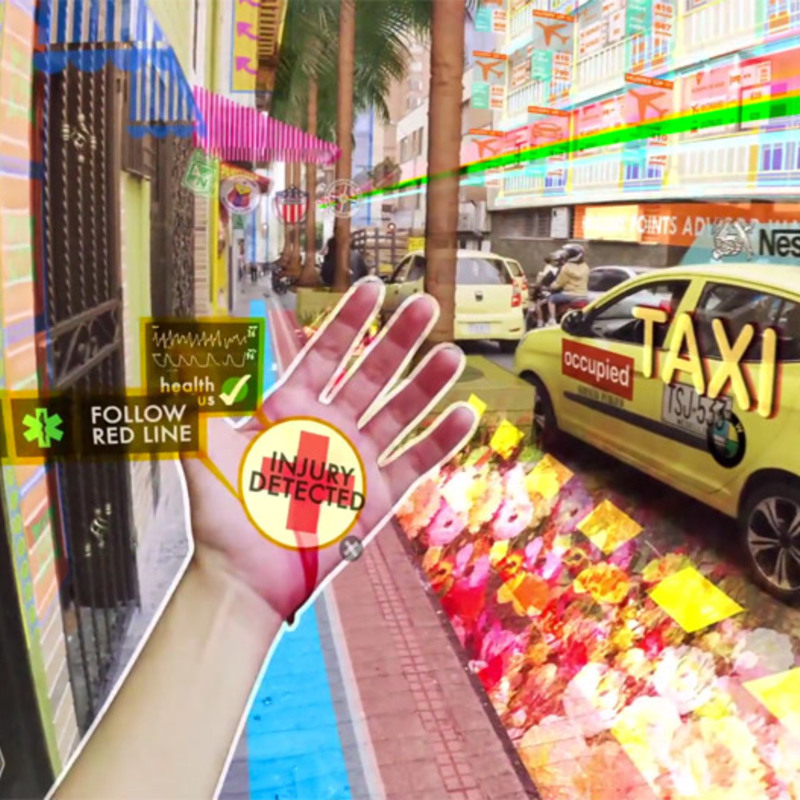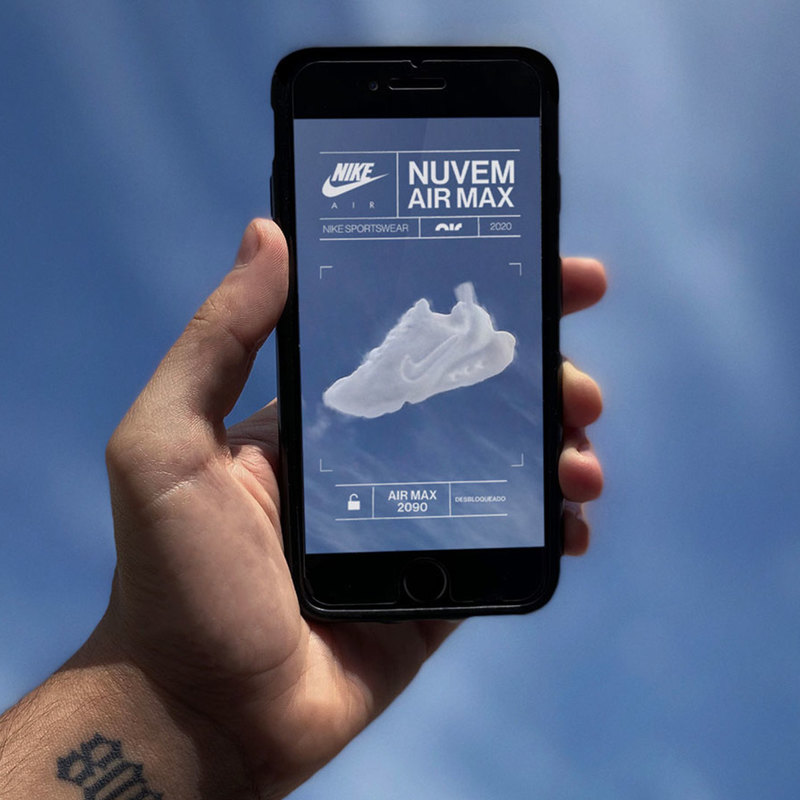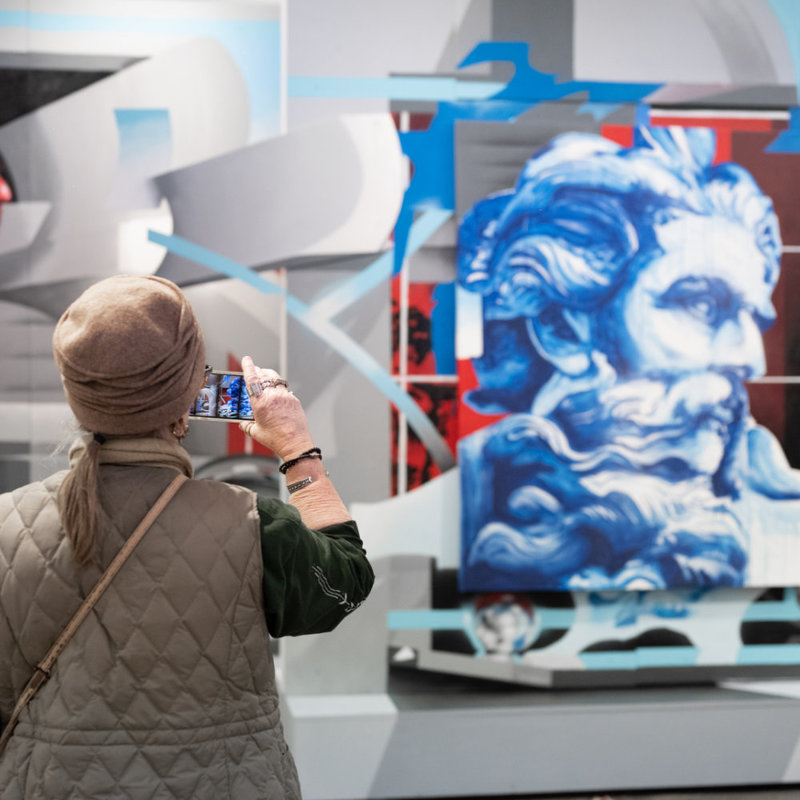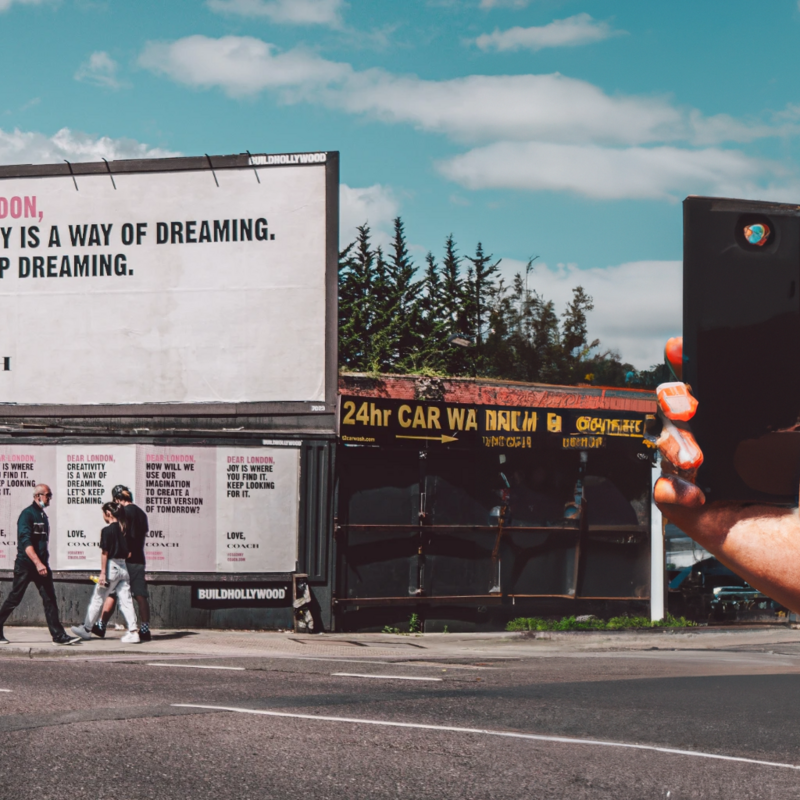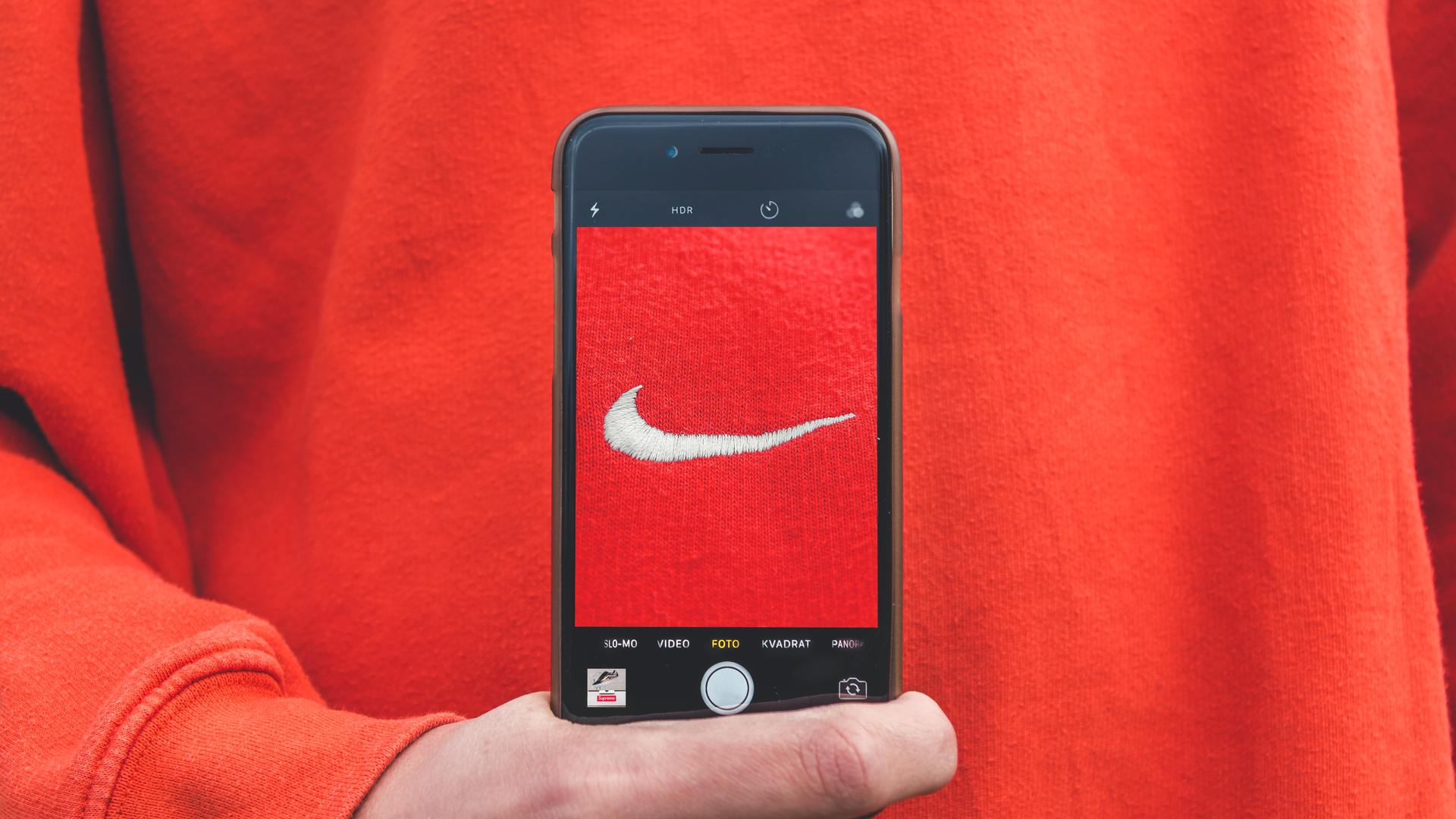
Why has augmented reality become important to advertisers?
In the past decade, many of us have been introduced to the wonderous world of AR advertising. Even though this technology has been around for a few years, advertising with augmented reality still feels new and fresh, as it hasn’t yet been explored to its full potential. Augmented reality has become important to advertisers because it improves user experience, increases engagement and enhances tracking of user behavior and data by bringing innovation and interactivity to the forefront.
Simply put, augmented reality consists of the physical world in which we live, enhanced with visual digital elements that can be seen through a screen when a camera is turned on. This technology is already a part of some areas in our lives, and it will surely become a stronger trend as the years go by.
When it comes to advertising, augmented reality is used mostly as a form of entertainment for consumers or try-on experiences, which allows you to digitally experiment a product or ad before you make the decision of purchasing it. But on the other end of the scale, AR can fill the huge gap between where advertisers are and where they want to be.
As advertisers, it’s extremely important to be aware of the doors that AR marketing trends can open for a campaign, and we can't ignore the incredible creative impact augmented reality has already been making on marketing strategies. Advertisers should leap at the chance to use AR if they want to keep up with the branding giants and reap the advantages this technology offers.
3 Main Reasons To Use Augmented Reality
In today's market you can choose to tell your brand’s story in many different ways; two of the most popular are images and short videos. But being a mere spectator can be dull when we’re bombarded with professionally designed imagery and fast-paced clips trying to sell us products. The average adult is exposed to an estimate of 6,000 to 10,000 ads every day.
Because we’re constantly being fed the same types of ads on the streets (see AR street art) and in the virtual world, it takes an innovative campaign to really grab our attention and appreciation. With the immersive and interactive power of AR, businesses can turn the spectator into an active member of the story they’re telling – making adverts way more innovative, personal, and relatable, and creating a stronger emotional bond with the viewer. With AR, an element of mystery and surprise suddenly comes into play: for example, when a hand-painted (AR) mural on the side of a building comes to life, exposing a new world as soon as a camera is pointed towards it. The possibilities that augmented reality brings to the table will revolutionize the way brands tell stories.
See also 7 artists who are raising the bar of Augmented Reality.
Enabling your target audience to interact with your product or with an ad via AR also makes the experience much more entertaining for those receiving the content. This genuine engagement switches the tone of your ad, making it feel organic and tailor-made, which in turn makes the audience more receptive to the message you're trying to send. In other words, augmented reality has been proven to considerably increase user engagement.
Enabling your target audience to interact with your product or with an ad via AR also makes the experience much more entertaining for those receiving the content. This genuine engagement switches the tone of your ad, making it feel organic and tailor-made, which in turn makes the audience more receptive to the message you're trying to send. In other words, augmented reality has been proven to considerably increase user engagement.
Using augmented reality features in a campaign can also benefit consumer expectations of a product. For instance, imagine a social media filter that allows you to virtually try on different shades of makeup, or different pairs of sunglasses, as soon as you open your smartphone’s camera. Not only does this allow your client to see how the product would look on them, it also allows them to quickly share the feature with friends, asking for their opinion and encouraging them to try the product as well.
Another advantage of introducing AR to your marketing practices is that it means your customer can see the product in 3D: from any angle, with full detail, and as close-up as they wish. AR can even give customers the most accurate sense of the product’s actual size.
If we take IKEA as an example, we can see that the highly successful company – known for brilliant marketing strategies and product developments – has already found a couple of ways to implement AR in their models. Through the screen of your smartphone, IKEA lets you place a piece of their furniture in your own room, building a bridge between imagination and the reality of how their product could look. And there’s more: IKEA have taken AR a step further with a virtual assembly guide, which takes you through the instructions on how to assemble their products in real time. The point is, augmented reality significantly improves user experience.
Last but not least, using augmented reality advertising allows companies and brands to enhance tracking of user behaviour and data, which is a vital step in the process of evaluating the success of a campaign. For decades, advertising tracking was a long and tiring procedure that involved surveying and interviewing users, which is still relevant when it comes to physical advertising.
While online advertising offers excellent ways to track ads virtually which are done almost automatically due to the technologies available to us, AR presents a new way to track physical advertising, by blending the virtual and tangible world through the user’s phone or tablet.
Get ready for a boom of augmented reality advertising
Ultimately, using AR in a campaign makes the result far more entertaining for the audience than a simple video or picture, due to the technology’s immersive and interactive appeal. Because AR advertising is not yet so widely used as a promotion method, there is still a strong wow-effect when we encounter it. We’re not yet saturated by this means of communication, so it feels new and fresh.
Besides making tracking of user behaviour and data easier, showcasing a product with AR also saves time for the consumer and helps them to have realistic expectations of your product. When used wisely, AR advertising doesn’t feel like it’s trying to sell you a service or product – instead, it’s urging you to have a new experience. These advantages all improve customer experience drastically, which makes for higher engagement numbers and a happier clientele, translating into positive results for the company.
Related creative stories
Browse through other features, interviews and guides to discover creative brand collaborations, meet innovative artists and creators, find out how new artforms are energizing advertising, & more.
Send us your briefing
We're excited to hear from you! If you're looking for artistic solutions for your next creative marketing campaign, send us your briefing. We can also help create a killer concept if you're in an early ideation phase. Check out our services for more.



